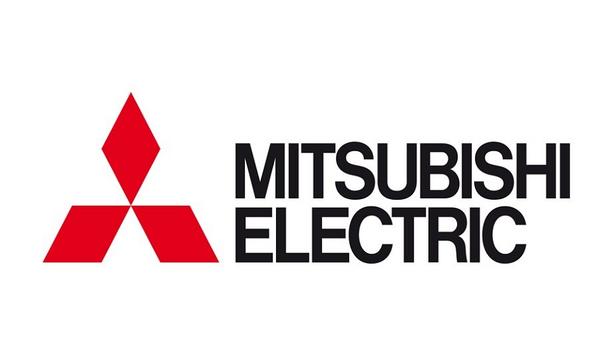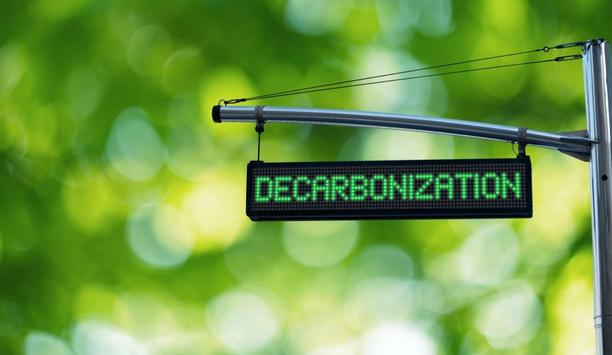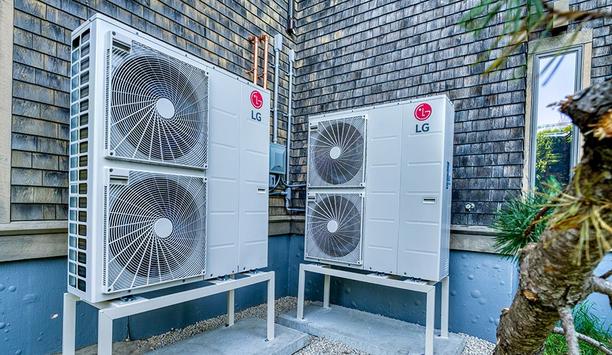The indoor butterfly habitat at UK's Chester Zoo is a purpose-built space which is home to an array of butterflies, stream frogs, anoles and millipedes, mainly from South America and Southeast Asia. These species require a very warm environment, kept between 22°C and 25°C, whatever the weather outside in Cheshire.
The habitat, which is 471 m2 and around 10 m at its widest part, was previously heated with a liquified petroleum gas (LPG) heating system but is now entirely heated by an air source heat pump system from Mitsubishi Electric.
Reduce carbon emissions
Chester Zoo, which is a world-pioneering conservation and education charity, has developed ambitious sustainability plans that will help the zoo reduce carbon emissions and achieve net zero: “Our mission is to prevent extinction and raise awareness of conservation and environmental challenges around the world, so we know that we can’t be part of the problem that we’re trying to solve,” explains Jennifer Kelly, Head of Sustainability at Chester Zoo.
“That’s why we are looking to reduce our reliance on fossil fuel heating across our site, and why we are partnering with Mitsubishi Electric.”
Ecodan air source heat pumps
All the heating for the butterfly house is now provided by Ecodan air source heat pumps
All the heating for the butterfly house is now provided from renewable Ecodan air source heat pumps – a sustainable heating technology. Seven heat pumps work in a cascade system to deliver a tropical environment that visitors can wander through as the butterflies free fly around them.
“The zoo has a brilliant M&E project team who we have worked with to look at how we could apply heat pumps to the butterfly habitat,” explained Chris Newman, Net Zero Carbon Design Manager. “It’s part of the longer-term process of decarbonizing as much of the zoo as possible.”
Carbon net zero
Chester Zoo is aiming to be carbon net zero in its scope 1 and 2 emissions by 2030 and carbon net zero in its scope 3 emissions by 2050 at the latest. As part of this, it is actively working to reduce its reliance on fossil fuels across the 128-acre zoo site.
As a not-for-profit organization, the zoo ploughs everything into its conservation mission, both in the UK and around the world and works with more than 3,000 species globally, including hundreds of international animal conservation breeding and habitat programs, which are ensuring the survival of species on the very brink of extinction. Experts from the zoo are recognized by governments and NGOs across the world as pioneers within the global conservation community.
















